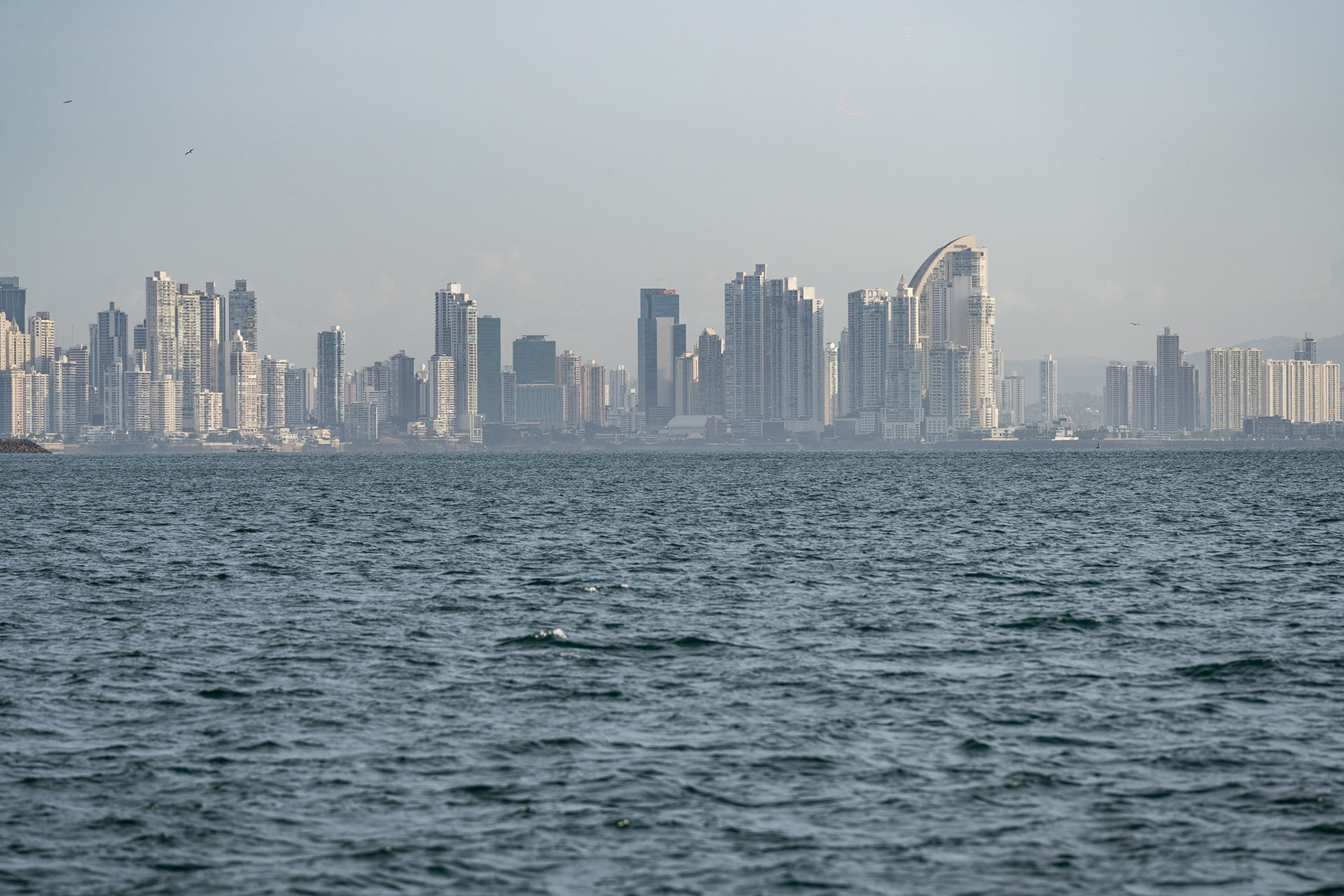


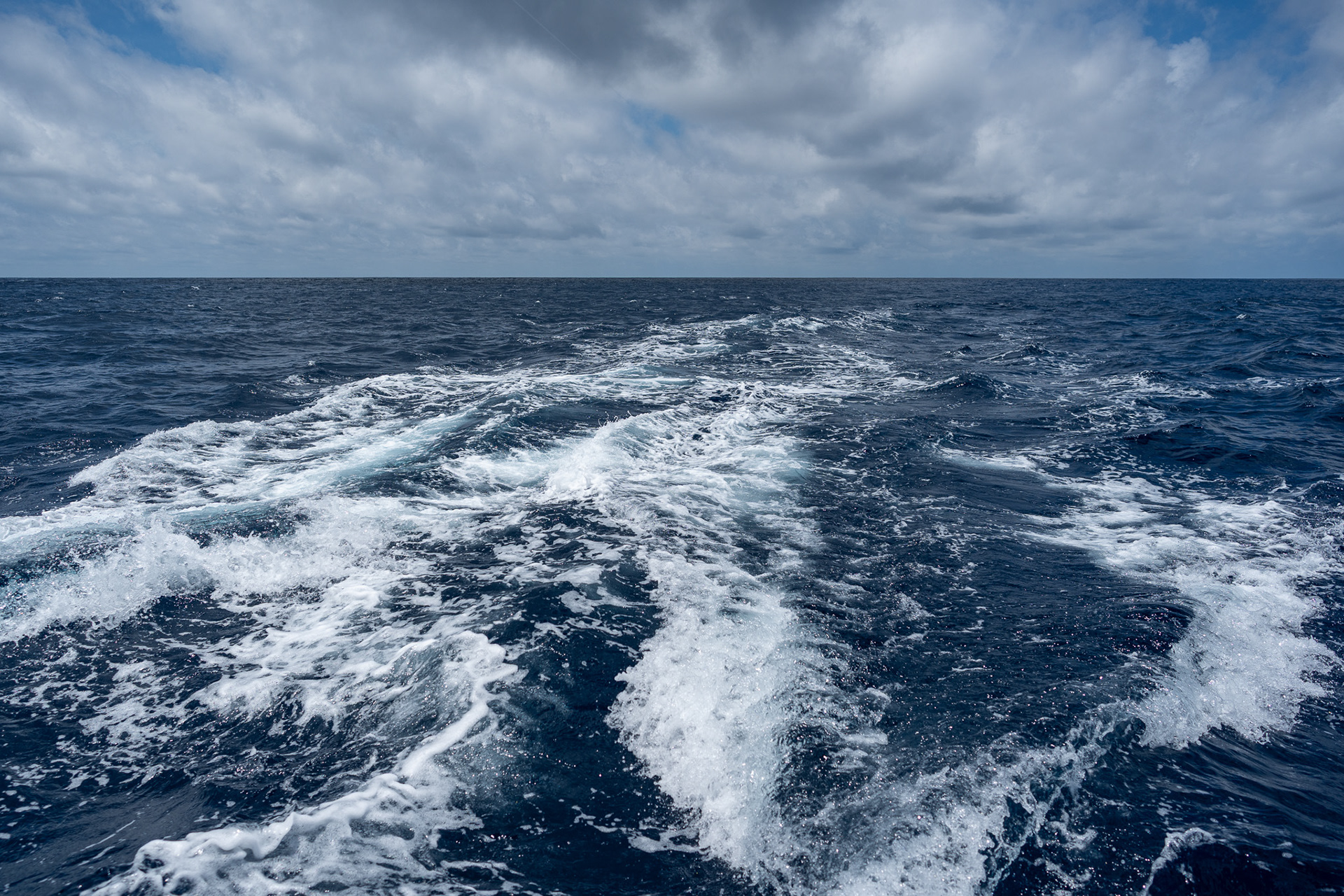
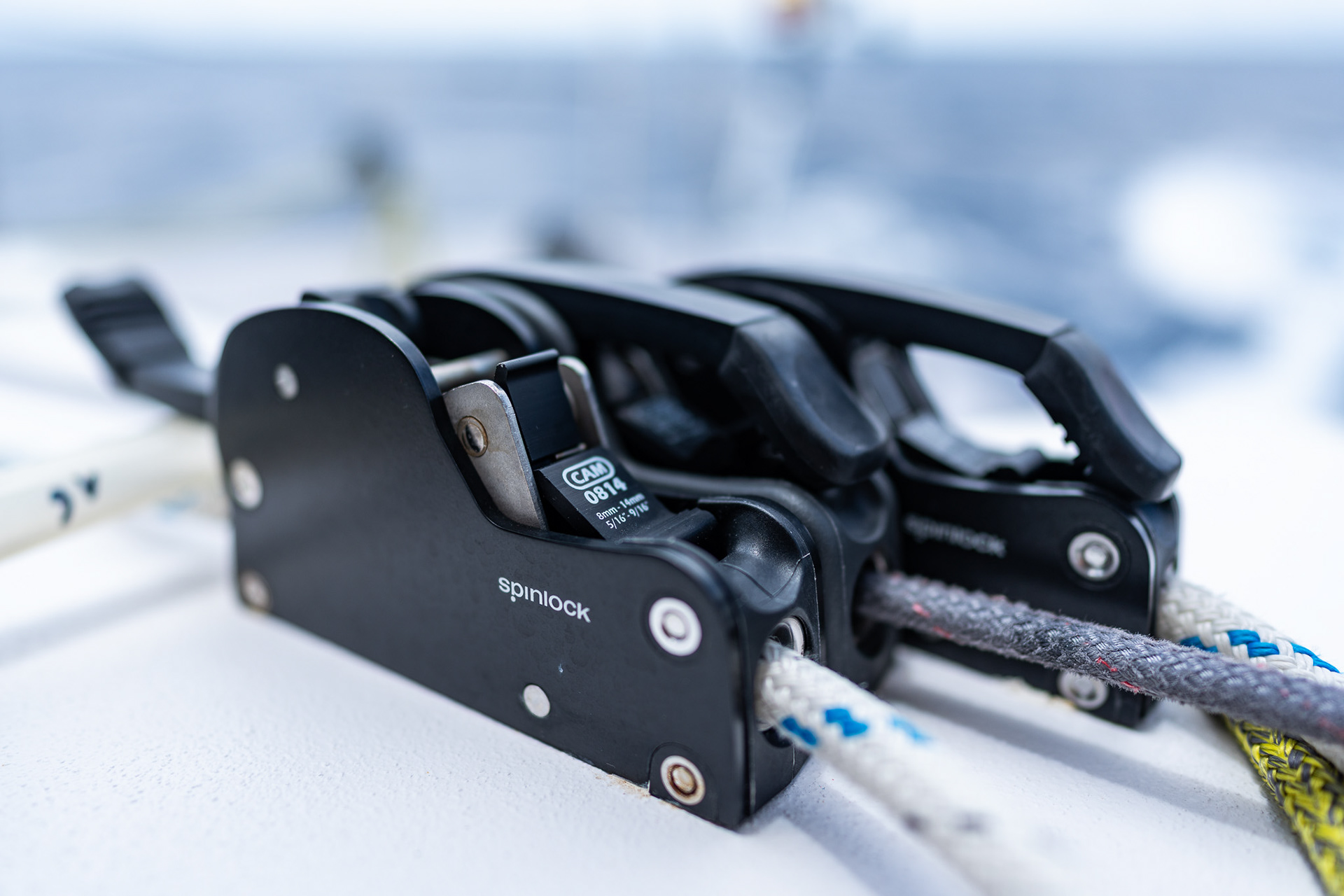

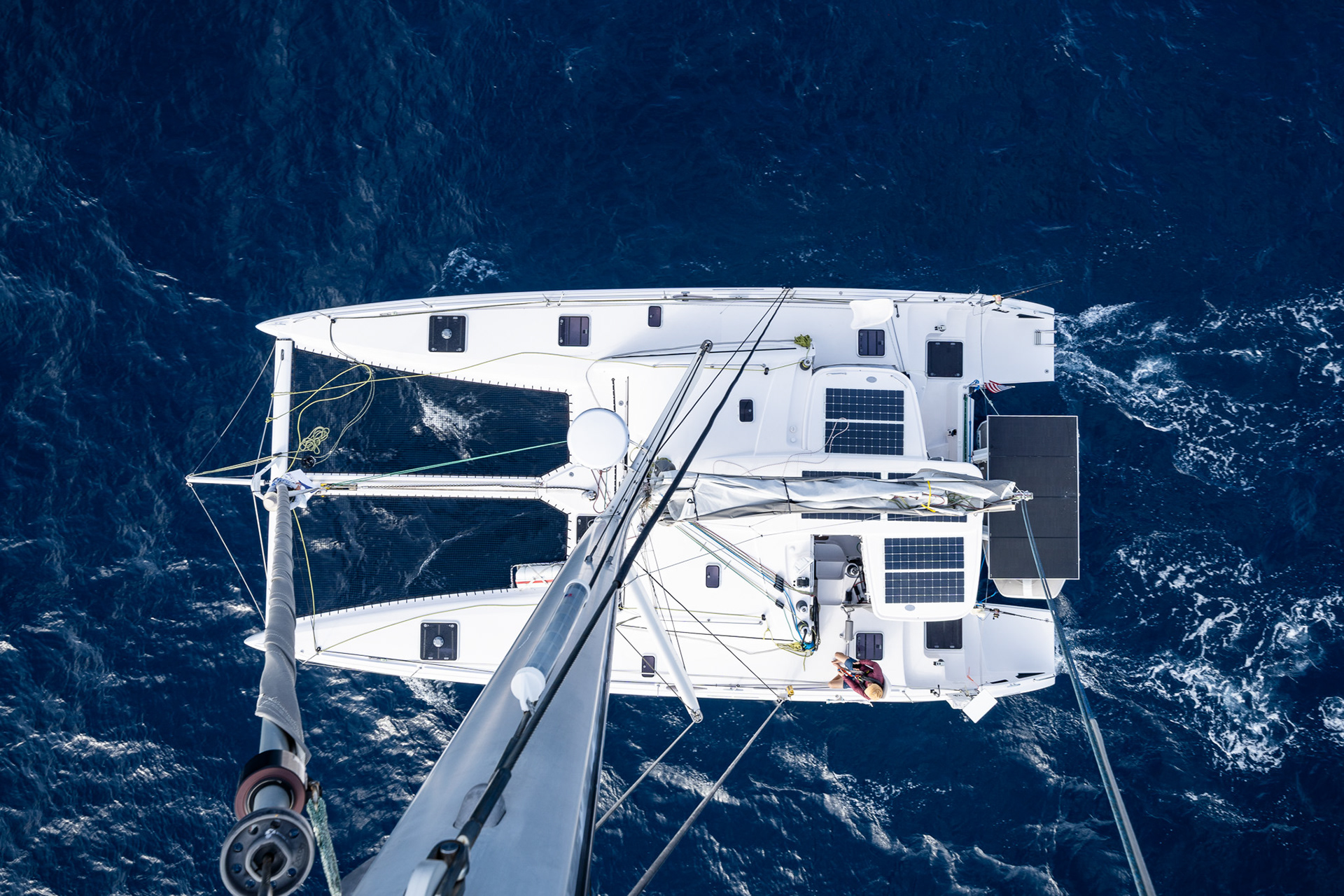

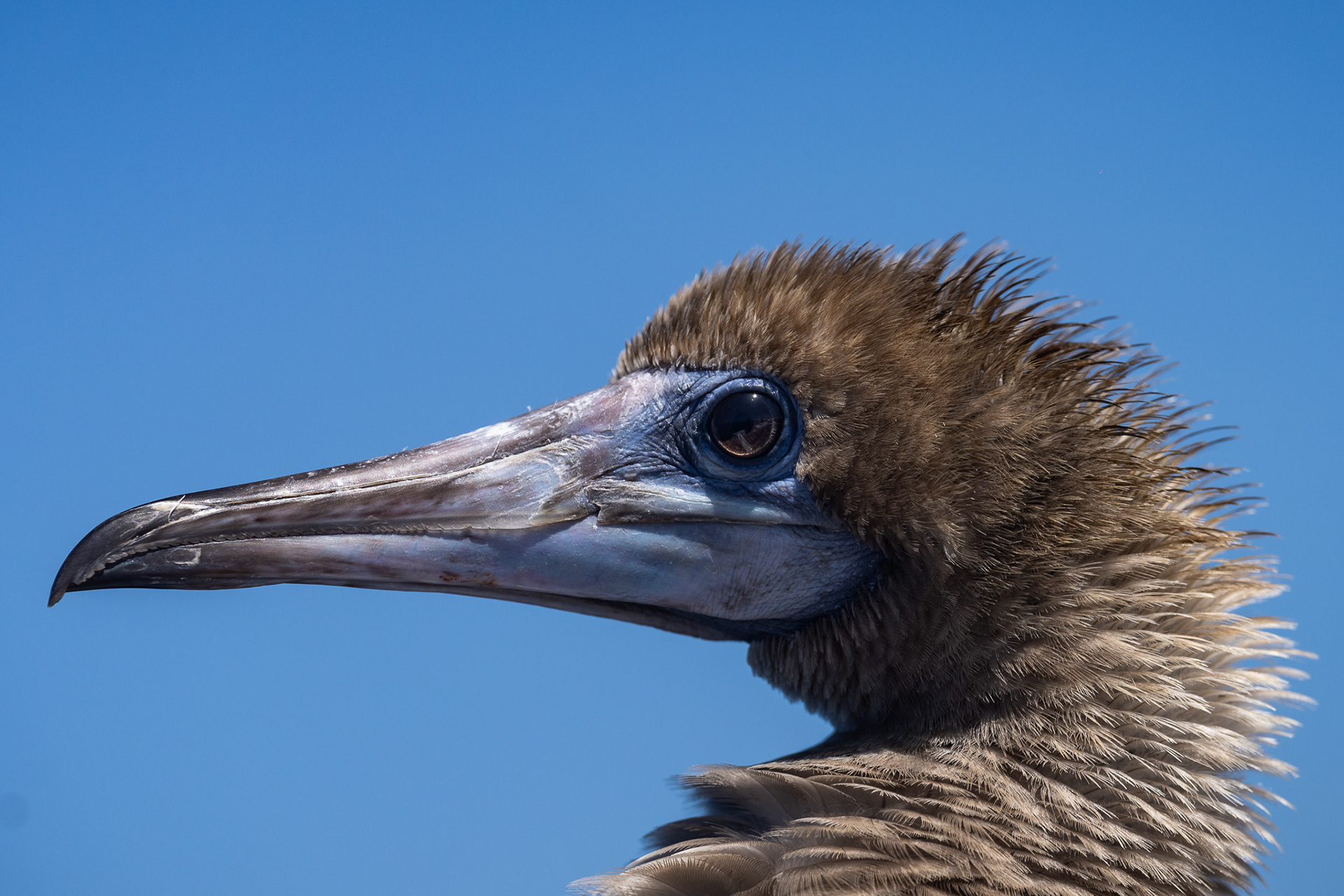
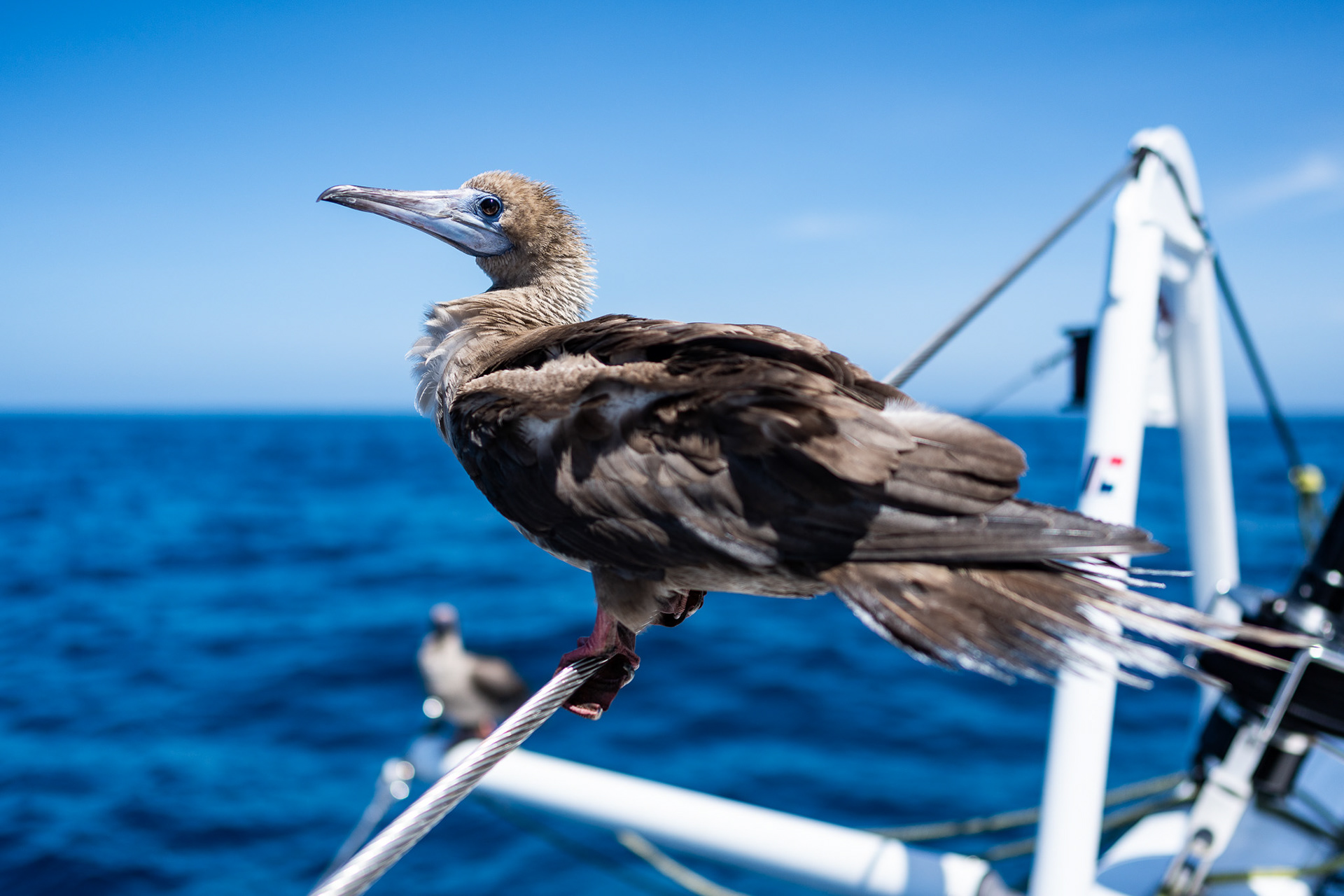

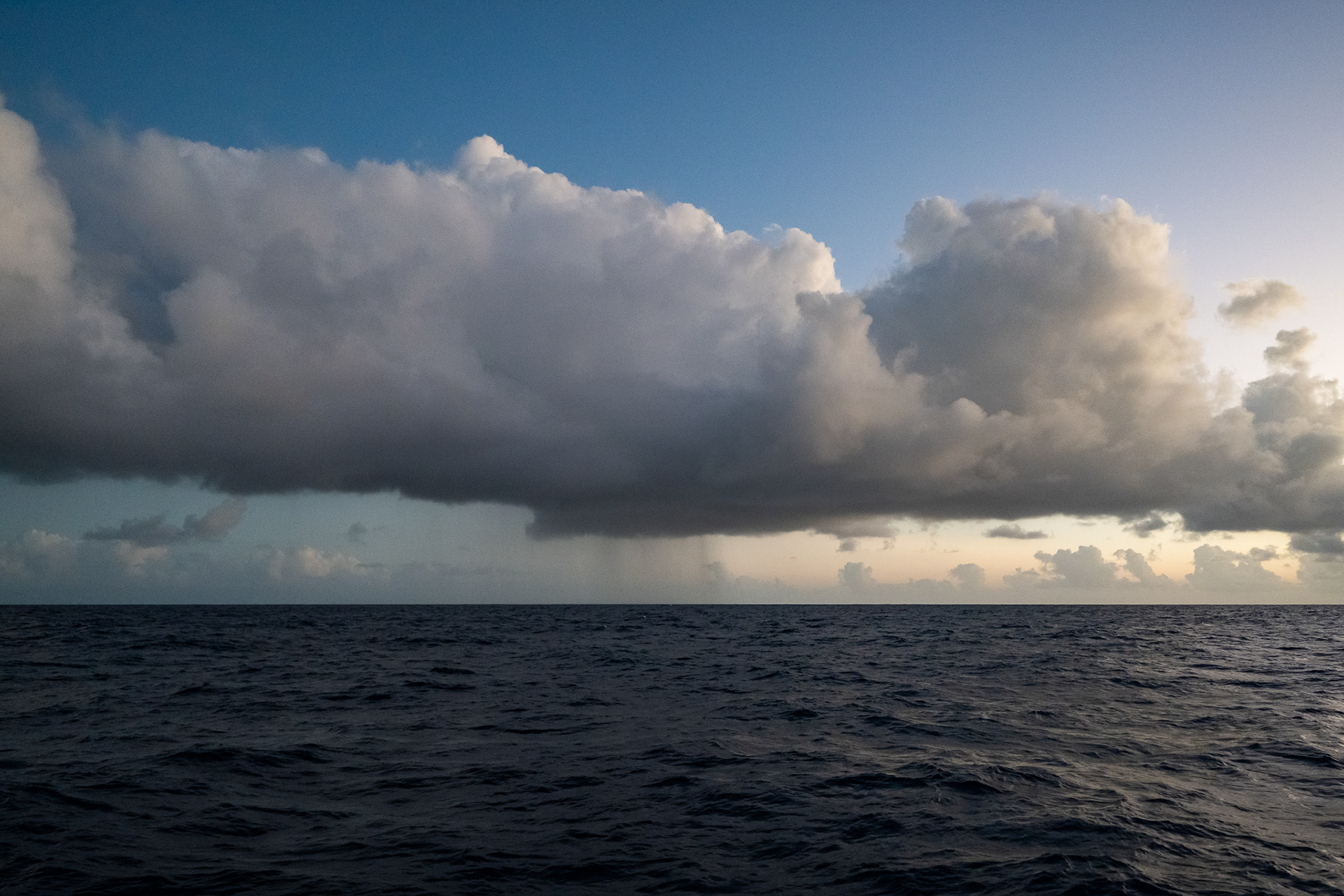
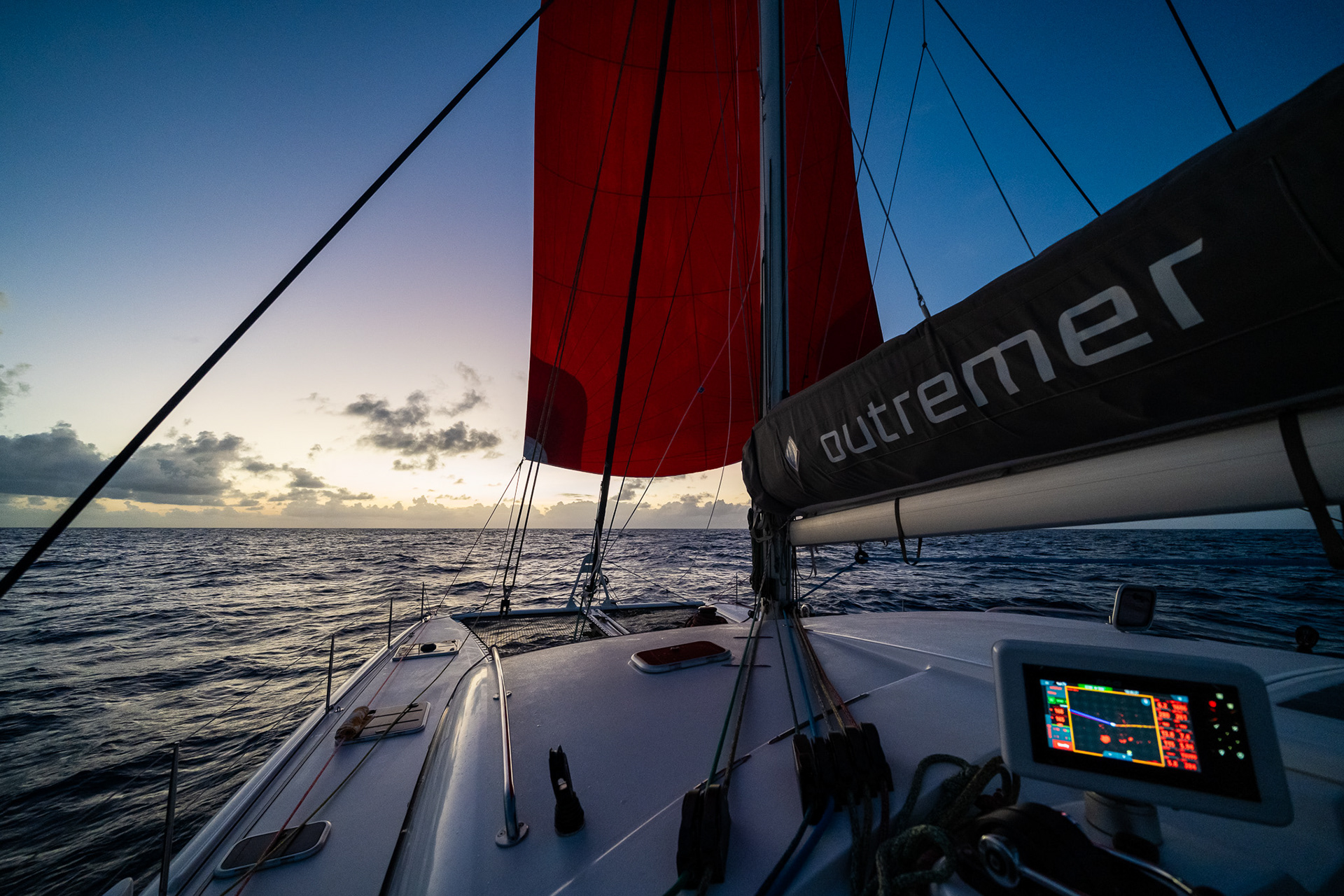
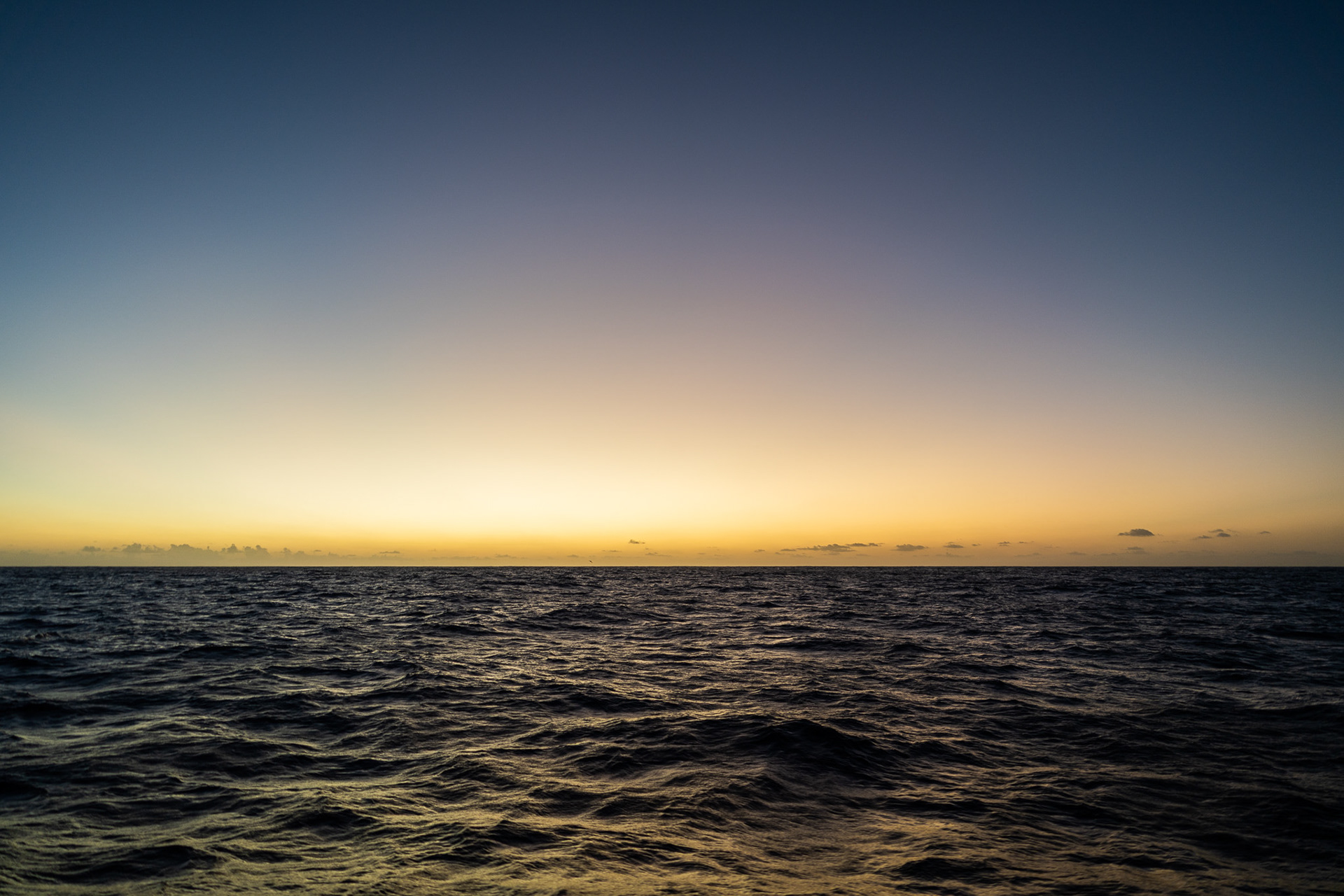

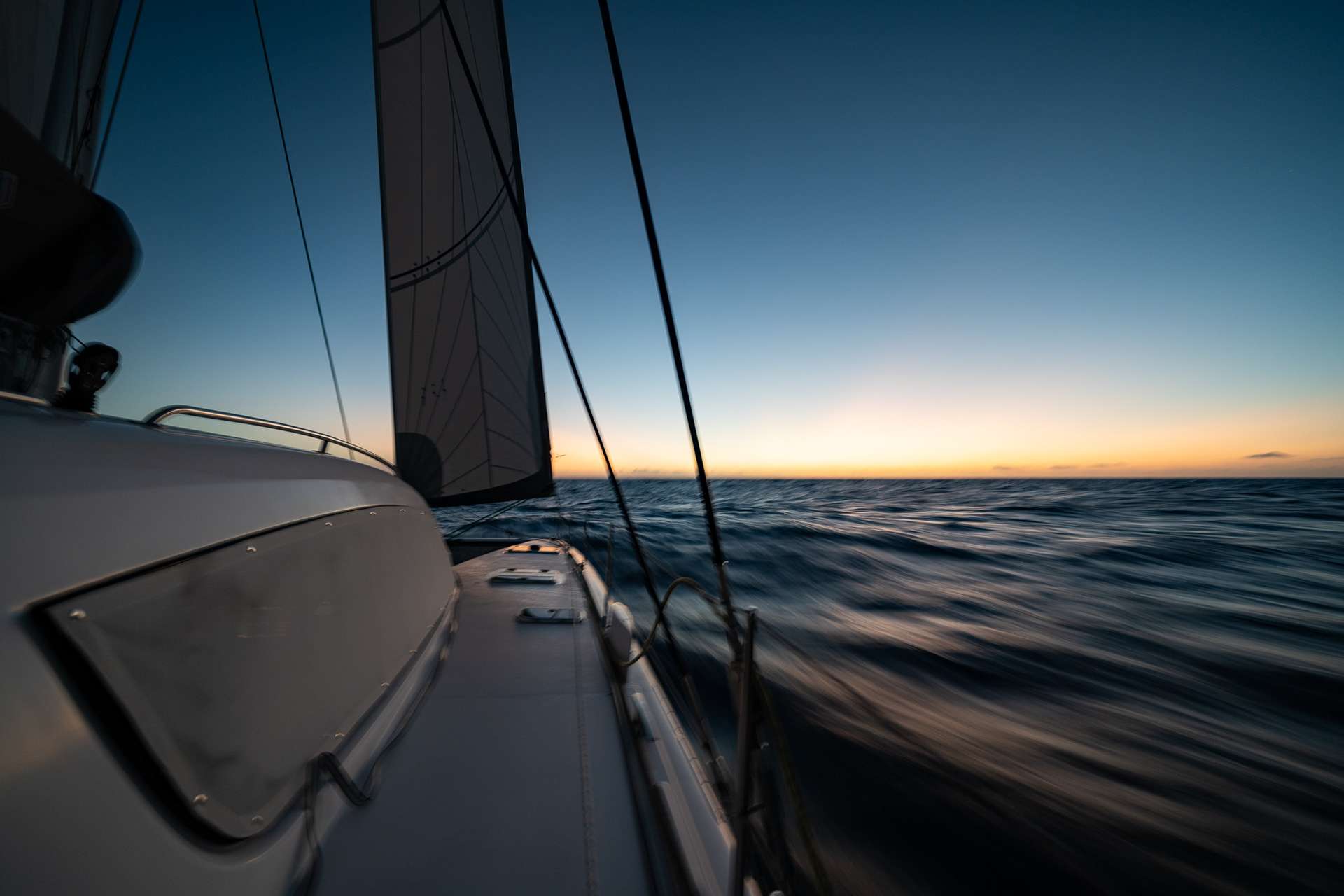
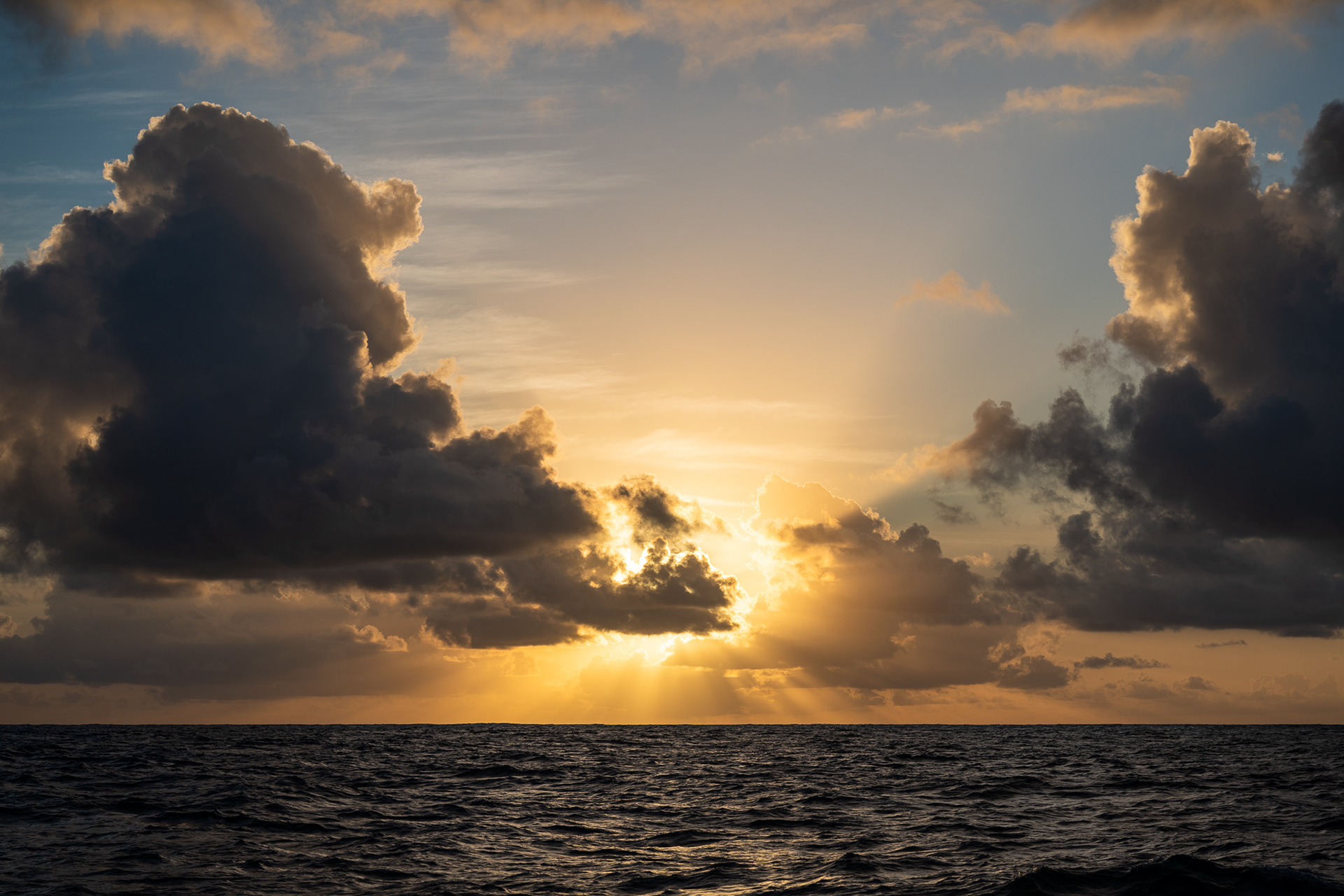
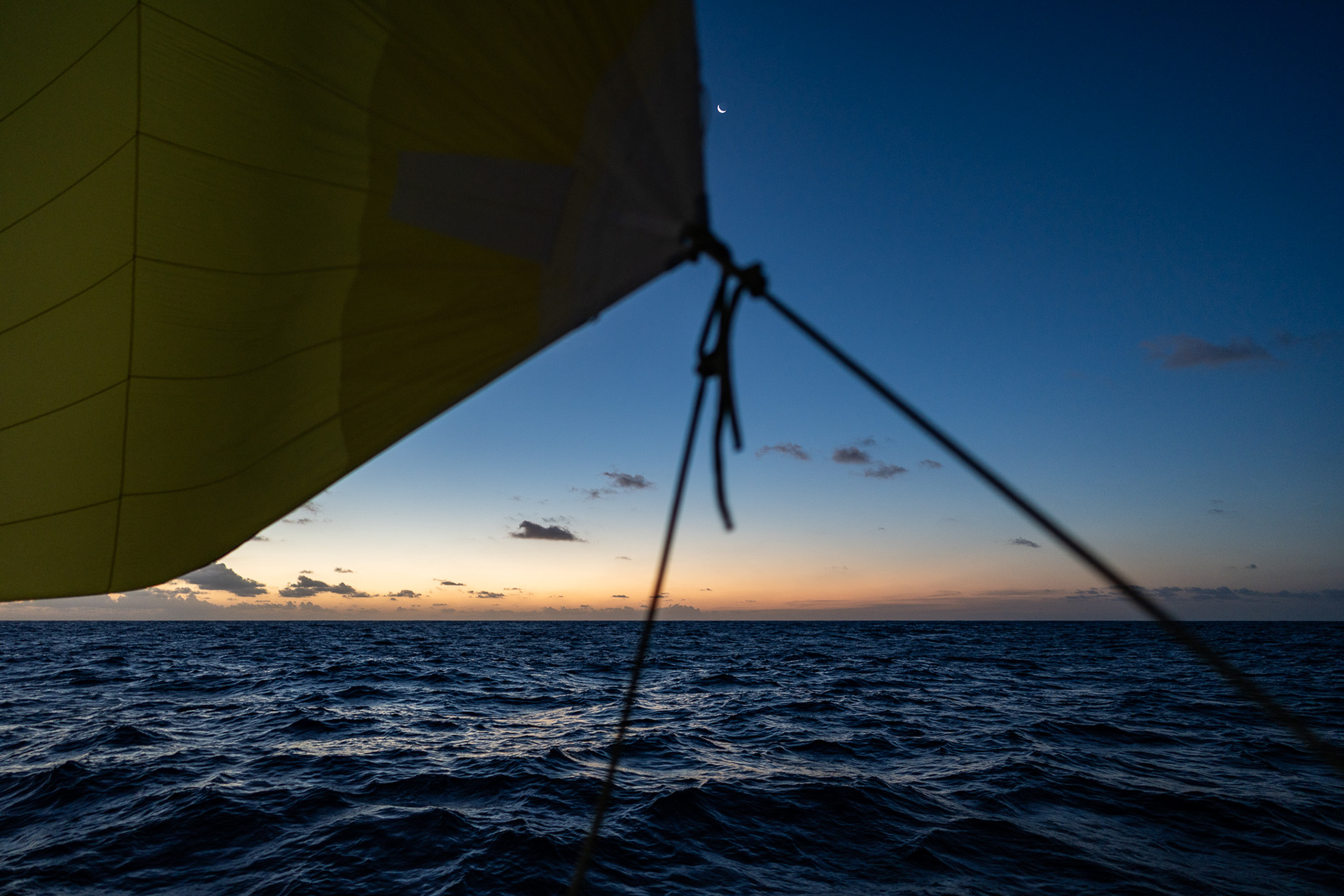
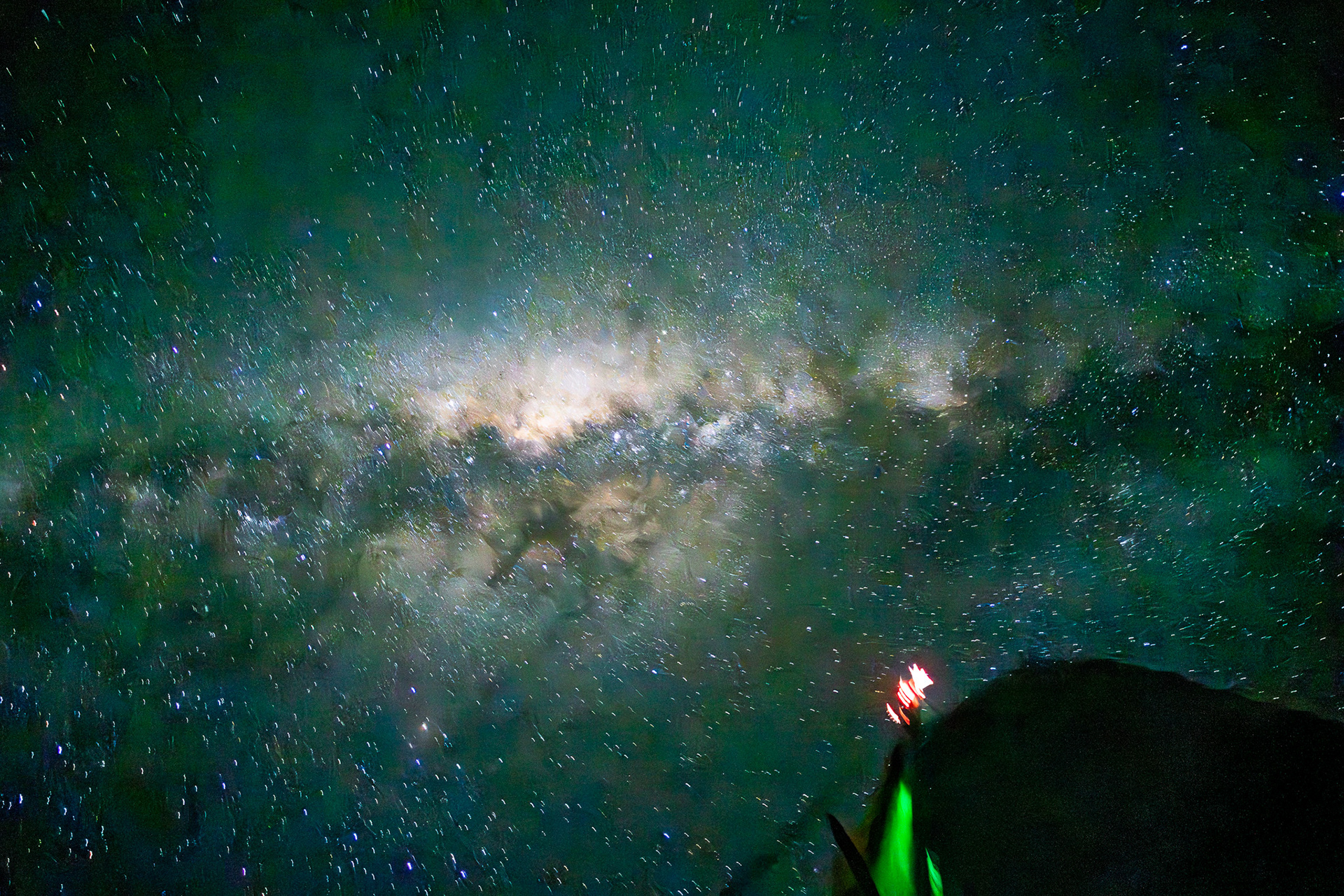
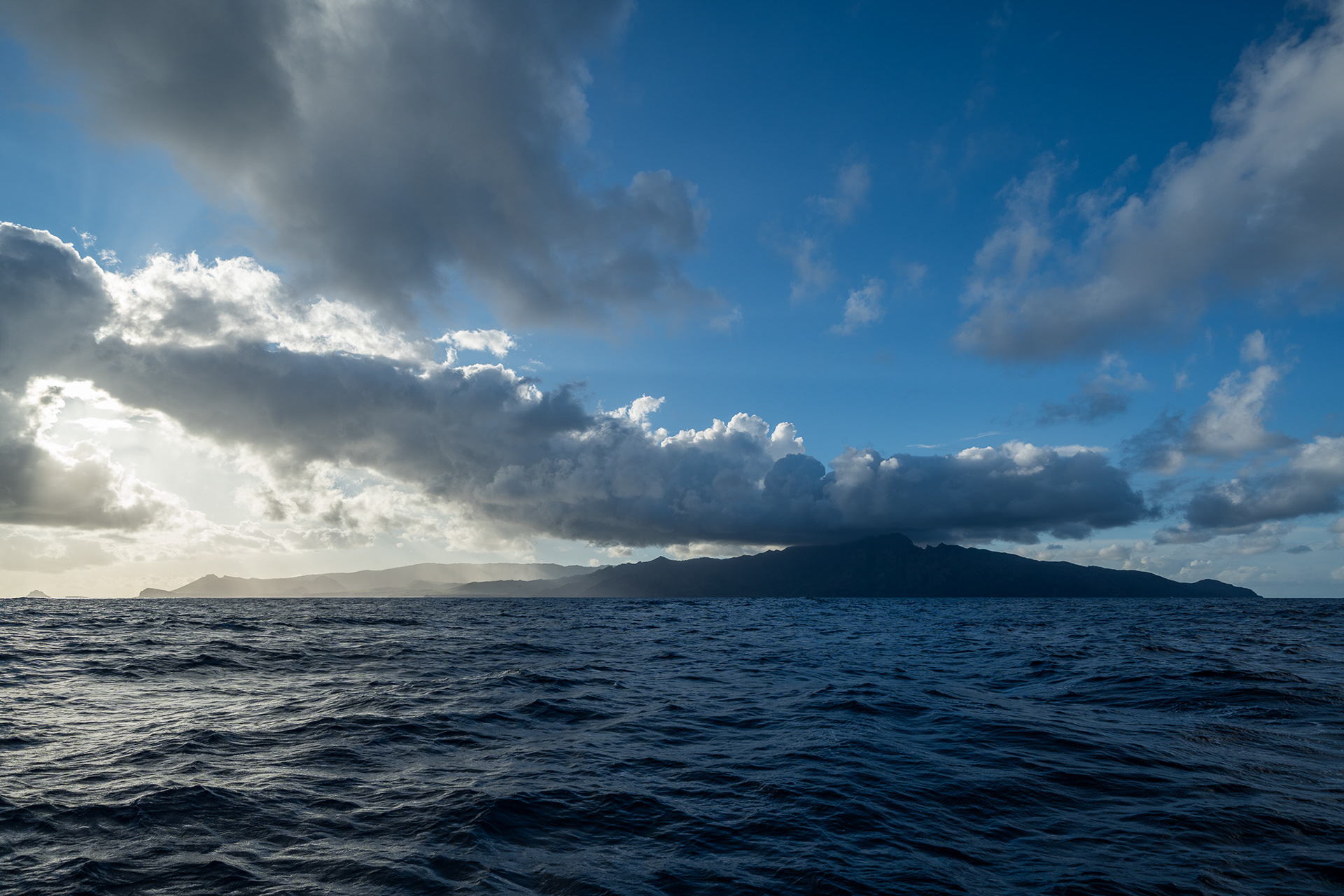
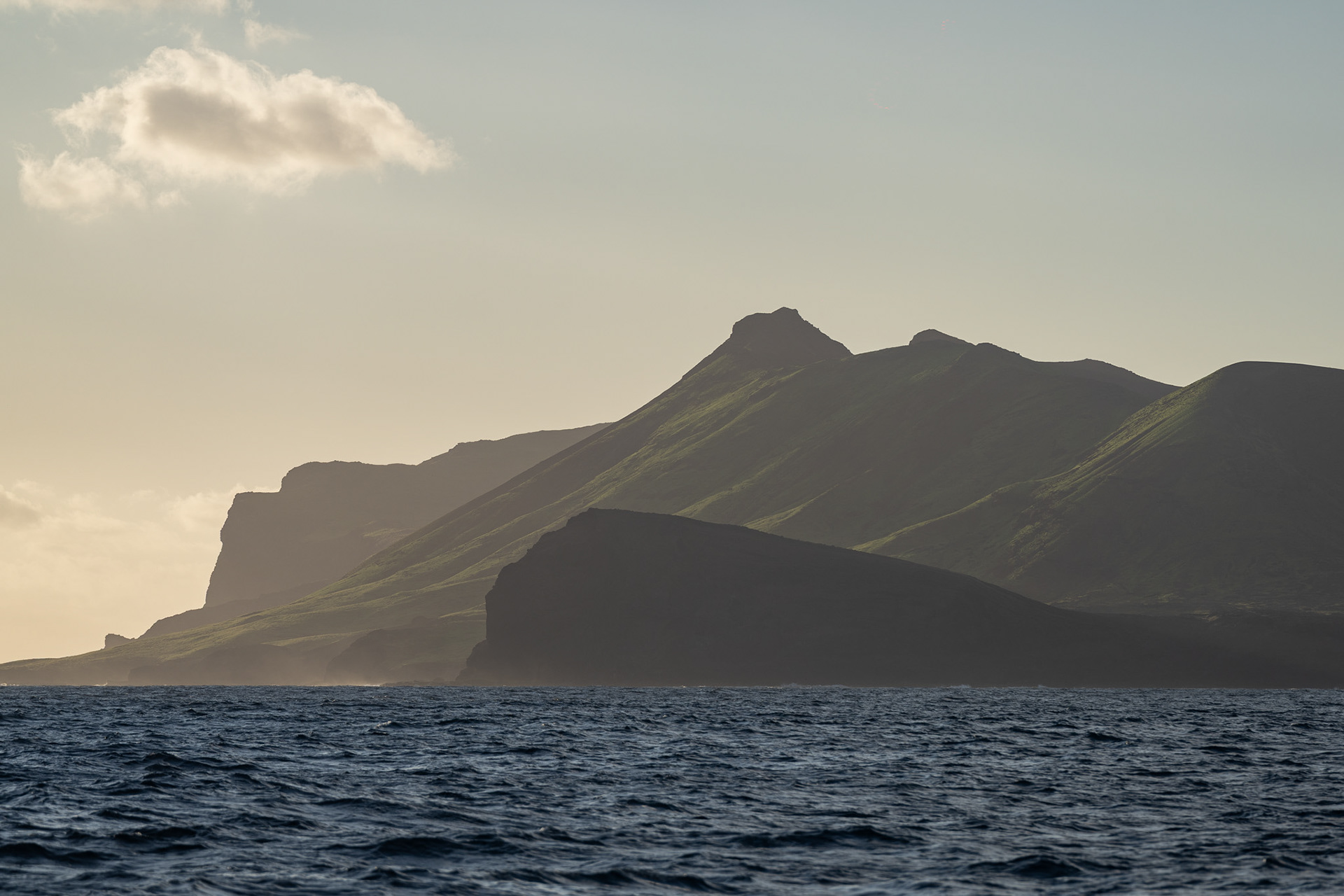
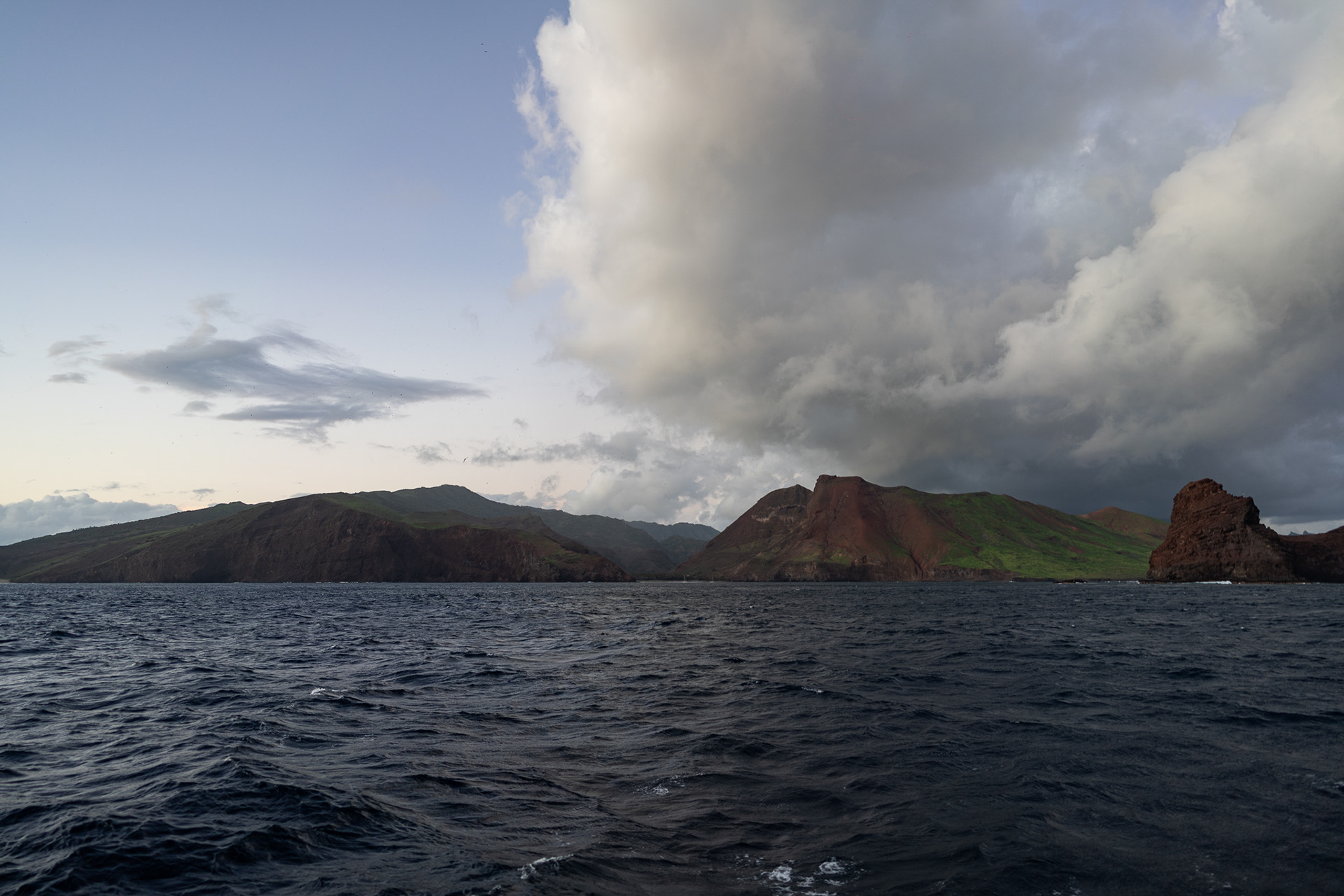
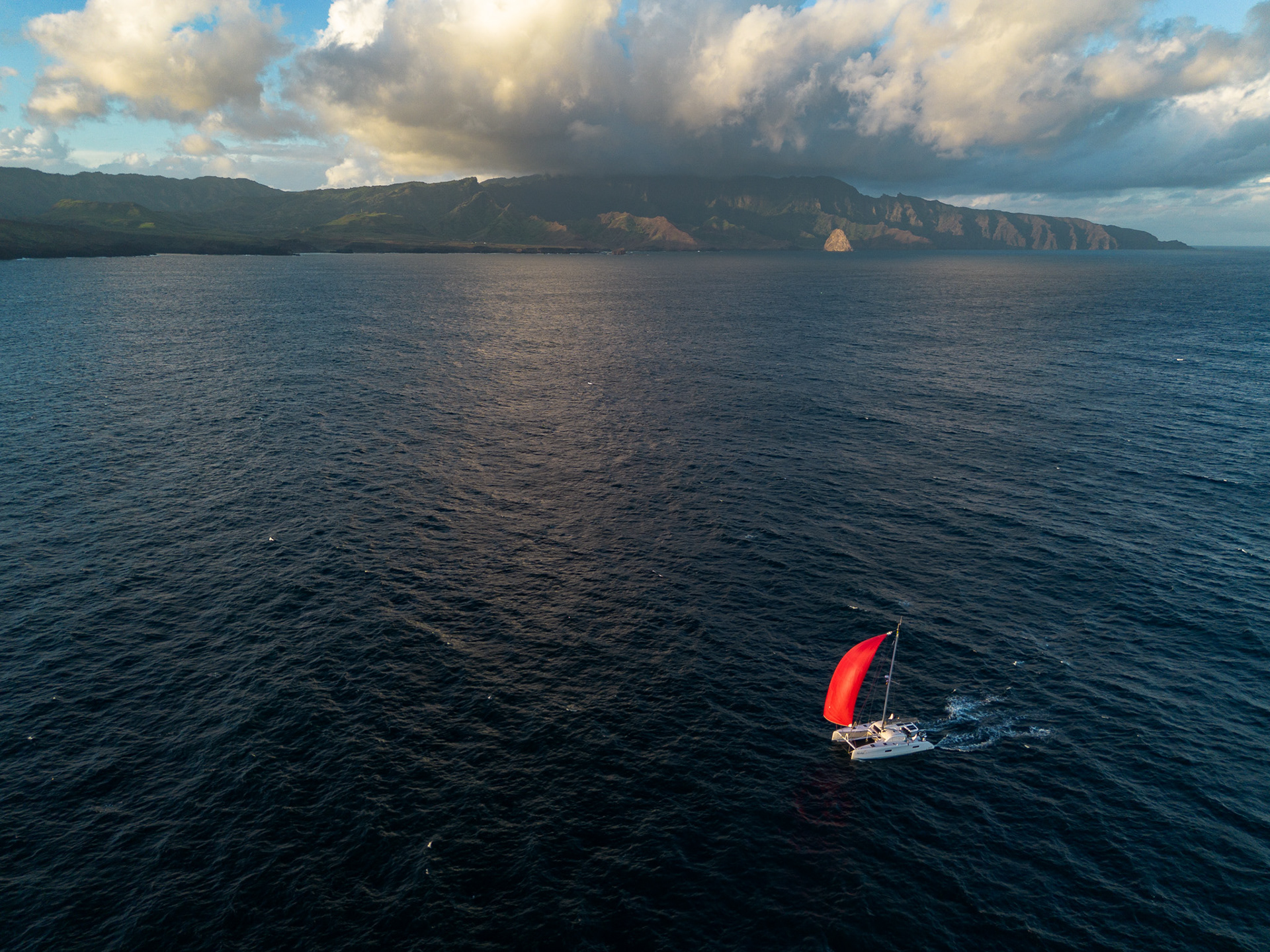
4/14/25 - “What are we doing??’’ I exclaim as I watch the autopilot once again loses its mind and steers us into a vicious turn. The culprit? A failing wind sensor bearing that intermittently caused the wind speed indicator to freeze, throwing our mathematically derived wind readings out of whack. Thankfully, as with most every issue so far on board Stardust, we were prepared. With an entire spare wind sensor ordered to the boat a few weeks earlier, the seemingly simple repair of climbing the mast to swap the units loomed upon us. Out at sea, every little bump and wave is magnified 19 meters up the stick. Hanging from a rope while facilitating the repair is a daunting proposition. As luck would have it, we were just a day away from the Galapagos, which could grant us permission to anchor for up to 72hr to facilitate an emergency repair. Fantastic! Unfortunately, it’s just not that easy. We would still be required to find an agent, submit entry paperwork, pay many hundred dollars in entry fees, stop the boat before reaching Ecuadorean waters to clean the hull, get the boat fumigated, then upon anchoring receive a boatload of officials to inspect the boat, make sure we properly prepared it, and assess the nature of our emergency before we’d be able to actually get started. So much for an ‘emergency’ process! With my impatient frustration growing at the growing complication of making a stopover, I insisted more strongly that we simply try and swap the mast head instrument while at sea. Although difficult in its own sense, it felt simpler and quicker to me.
4/15/25 - As if catching one giant blue marlin wasn’t already good enough, today was a day to set the record straight. After fishing all day with nary a nibble, it was soon I went below for my post-watch siesta that I jerked awake to the fishing reel drag absolutely screaming once again, but with even more fervor this time around. Scrambling out of bed, I ran to the back of the boat just in time to see a spectacular acrobatic show put on by the blue marlin as it fought against the line, with its 20 or so jumps and leaps into the air. Despite the Shimano Tiagra 50-wide long-range-special and its absurd line capacity (1200 yards of 80lb braid) I was for once appreciative of the absurdity as the marlin stripped 700 yards of line with ease over the course of five minutes. Once eased down, it was time for the slow crank back. A half hour later and the real battle had just begun. Time and time again, I’d get the fish within 10 meters of the boat, just for its energy to renew once more with another short run. Back and forth, back and forth, gaining and losing sight of the fish, and another hour of this game passed. It was beyond time to give up, but I just couldn’t, with the taste of victory that felt so, so close. Over an hour and a half into the fight and a fatal mistake caused the line to tangle around some deck hardware at the transom, snagging it and breaking off the marlin, now turned bright electric blue after an arduous battle. Based on seeing the fish close at the boat as well as its acrobatic jumping in the air, and further validated by the fight, this south pacific blue marlin must have easily been over 500 pounds. I think I’ll just call it 600. I’ve been wanting a ‘big’ fish, and I’ve finally gotten more than my fair share. A 10 pound tuna will do at this point, thank you!
4/16/25 - Everyone knows that the Galapagos islands are home to vast numbers of animals of all sorts, but today, so does Stardust, harboring those of the Booby variety. What started with one bird perched by the bow in an attempt to rest became one more, then two more, until half the boat was covered in boobies and their toxic excrement. Thirteen was declared max capacity, until two more visitors came – friendly, and much more cleanly Galapagos Seagulls. Despite a fully loaded crew, the perfect combination of perfect weather conditions meant Stardust spent the day gallavantly leaping forward. The sum? A new record day, 236 nautical miles spanning between approximately 4am – 4am.
4/20/25 - Shivering in a feverish slumber, I turned off my fan and reached for a blanket. Frustrated with the insufficient job, I reached out to close my cabin door in a desperate attempt to trap as much heat inside as I could. Three things that had never happened in over six months on the boat. Despite my frozen feelings, my pores were profusely pouring out sweat. Was it something I ate? Maybe it was the rainy weather putting a damper on my already long-compromised immune system. To say I felt bad would be an understatement; I hadn’t felt like this in over a year, potentially even two. Despite the frantic and sleepless night, I woke up in the morning over the fever, and only ache-y and tired. The day flew by as did my afternoon watch, and it was during my after-watch nap that I awoke to the sound of fish – not one, but two pulling drag from both fishing outfits at the same time. What had become a desperate week and a half long hunt for dinner finally came to fruition with two 50-pound Ahi tunas, ready to be put in the freezer for many weeks of delicious eating.
04/23/25 - Sailing efficiently and effectively can wholly consume passage making, and especially over extreme distances as the over 4,000 miles from Panama to the Marquesian islands of French Polynesia. The ‘white’ sails that come standard on every single boat are great in moderate to heavy conditions, but as the wind lightens up or turns behind us, their small size and non-optimized shape become apparent. Enter the world of carrying an arsenal of head sails, each tailor-made for specific wind scenarios, speeds, and angles. On board Stardust, we have the standard main and 90% jib, as well as three more sails: code zero, code five (gennaker), and symmetrical spinnaker. In the order described, these sails are meant for deeper and deeper wind angles, meaning the wind is coming from behind. All three are much bigger than the jib, and made from higher-tech materials as well. Being that the wind today was from almost due behind us (which would be 180 degrees true wind angle), the symmetrical spinnaker was the obvious choice. Not just for wind angle, but also the fact that we can fly the sail by itself with no main, exposing all of our solar panels to sunlight for maximum electrical generation.
04/24/25 - As much as sail selection as discussed yesterday makes for efficient and effective passage making, as does the choice of route. The great circle route pointing directly to our destination sounds like an obvious choice, but especially in the Pacific Ocean, we have currents to contend with. Between the Galapagos and Marquesas runs the Humboldt current, pushing west at speeds up to two knots. Given averaging 150 miles a day is generally excellent for any passage making vessel, adding an additional 48 miles a day (2 knots x 24 hours) suddenly becomes quite appealing, and as such the hunt to stay in the current is as important as wind. Herein lies the tricky part – the Humboldt current runs north of the grea circle route, meaning it also lies north of the more established south-easterly trade winds. Is it better to gain a potential 48 miles per day but suffer through light wind, or forego the free miles in search of stronger, more reliable wind? Being how well Stardust manages in lighter conditions than most any other catamaran, we’ll be staying north.